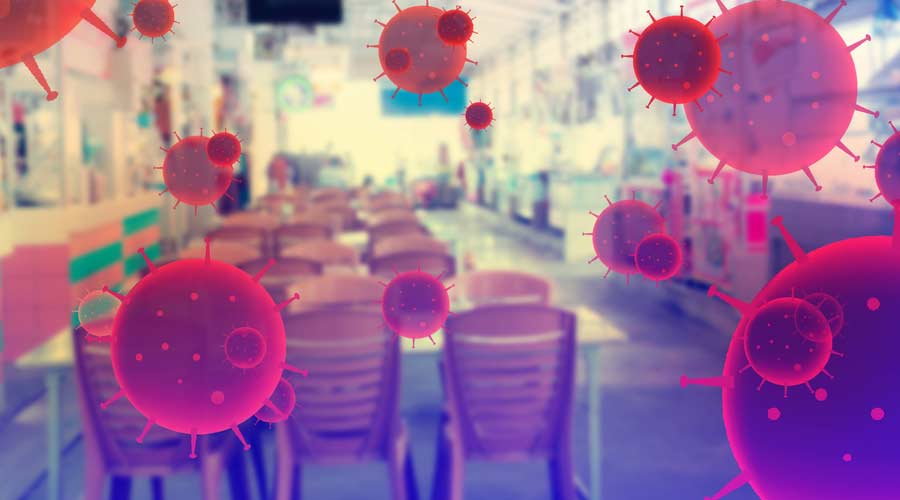
Contributed by Robert Kravitz, AlturaSolutions Communications
Have you ever wondered how pathogens — germs and bacteria that can make us sick — get from Point A to Point B?
In a survey of five hospitals, researchers found that many pathogens start their journey on floors, which, according to the study, were frequently contaminated with pathogens.
From here, they managed to get on the hands of patients and staff in the hospitals. And then they traveled on to high-touch objects in hospital rooms such as side tables and call buttons.
But that’s not all. The study found that pathogens, formerly found on the floors, had now traveled to:
• Canes
• Wheelchairs and wheeled equipment
• Clothing and shoes
• Cell phones, chargers, and cords
• Medical supplies
• Blood pressure cuffs
• Linens and towels
How can this happen?
“We touch floors directly or indirectly as often as 50 times each day,” says Mark Warner, formerly a trainer at ISSA. “Every time you tie a shoelace dragging on the floor or touch the bottom of your shoes, there’s a good chance you have touched pathogens on the floor.”
Further, the study found that many pathogens, including C. difficile, MRSA, and VRE, a life-threatening disease, were still present in rooms after the patient had been discharged and the floors had been cleaned.
How can cleaning professionals address this situation?
Conventional mops may not help us. As they get contaminated, they tend to spread germs and bacteria.
Microfiber mops may not be the answer either.
A 2002 study by the U.S. Environmental Protection Agency found that microfiber mop heads can remove pathogens from floors “as long as the mop head is changed after cleaning each room” and “as long as the used [microfiber] mop head is not put back in the cleaning solution.”
The answer, and what continues to be the most effective way to clean floors, is automatic scrubbers. They apply a cleaning solution to floors, agitate the floor, and vacuum up the soil, moisture, and pathogens all in one pass… putting an end to the mysterious travels of pathogens.

 The Down and Dirty on Cleaning in Virus Season
The Down and Dirty on Cleaning in Virus Season How Surfactant Use is Expanding in Commercial Cleaning
How Surfactant Use is Expanding in Commercial Cleaning